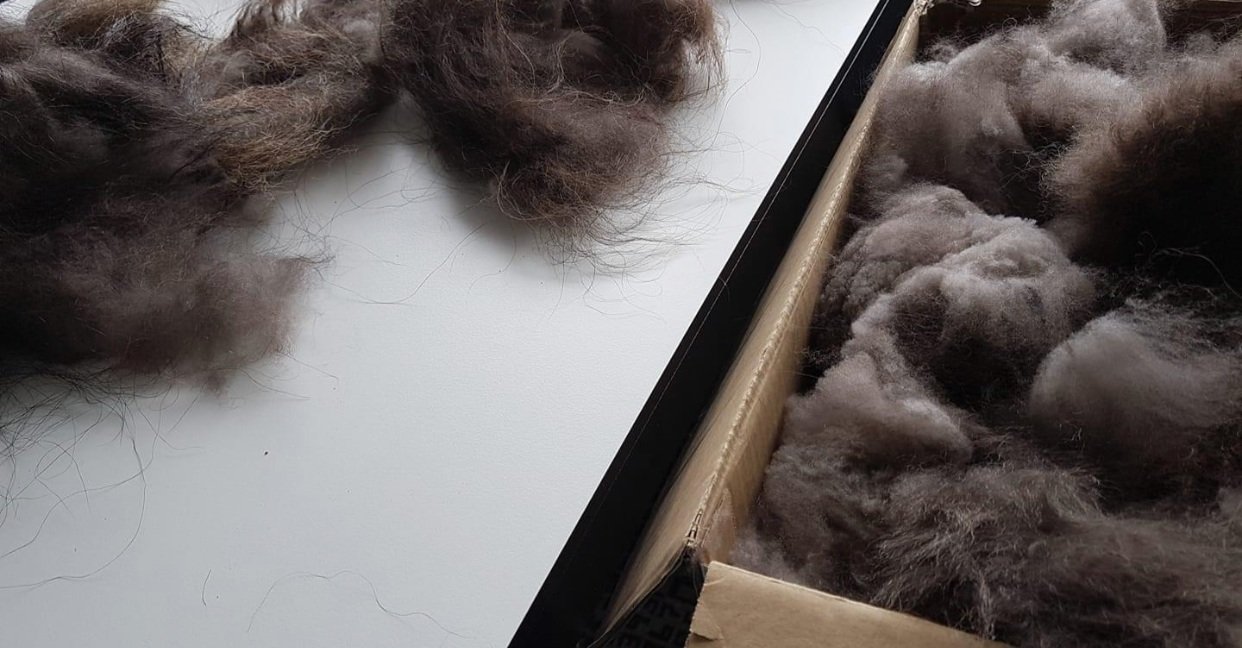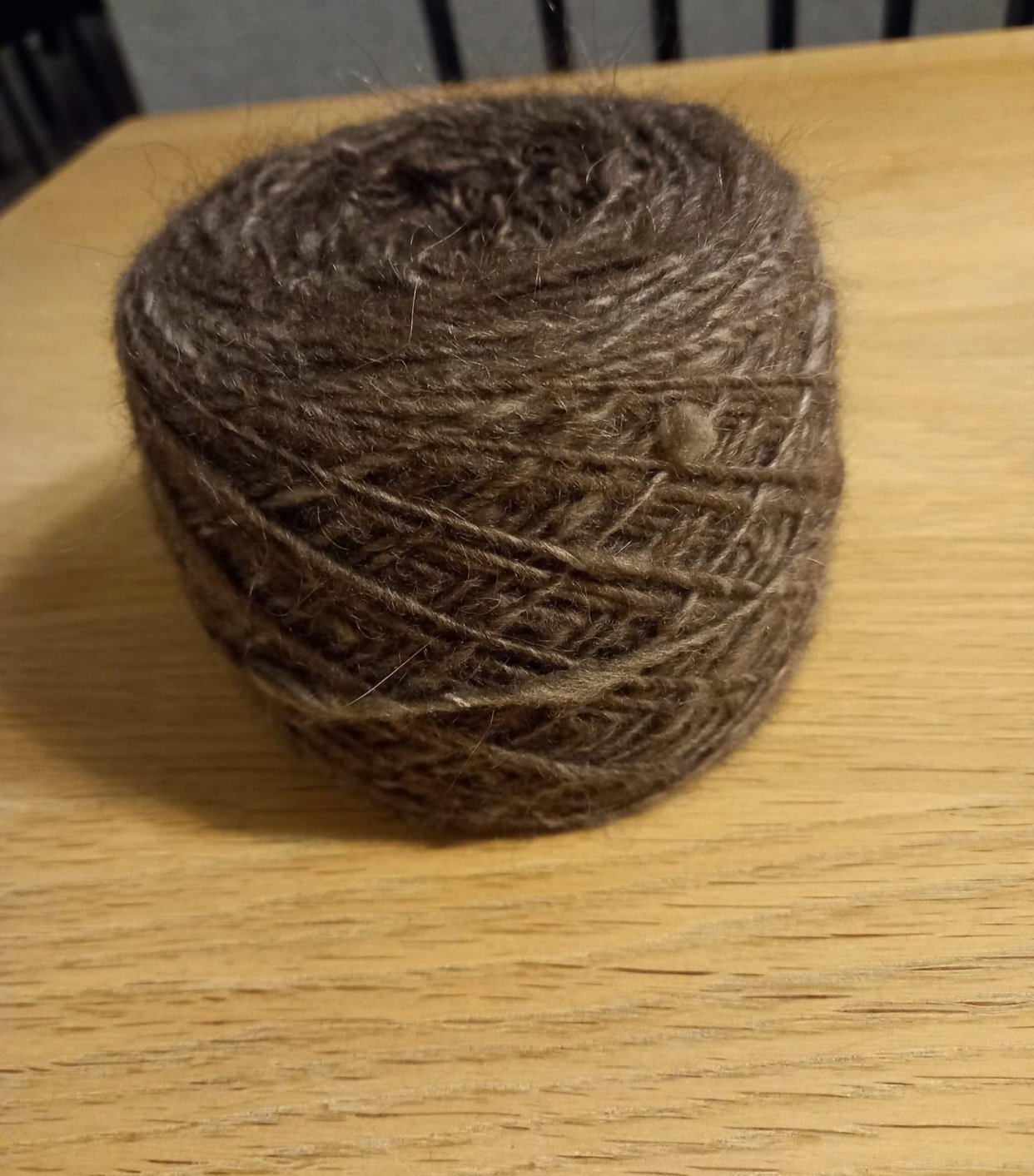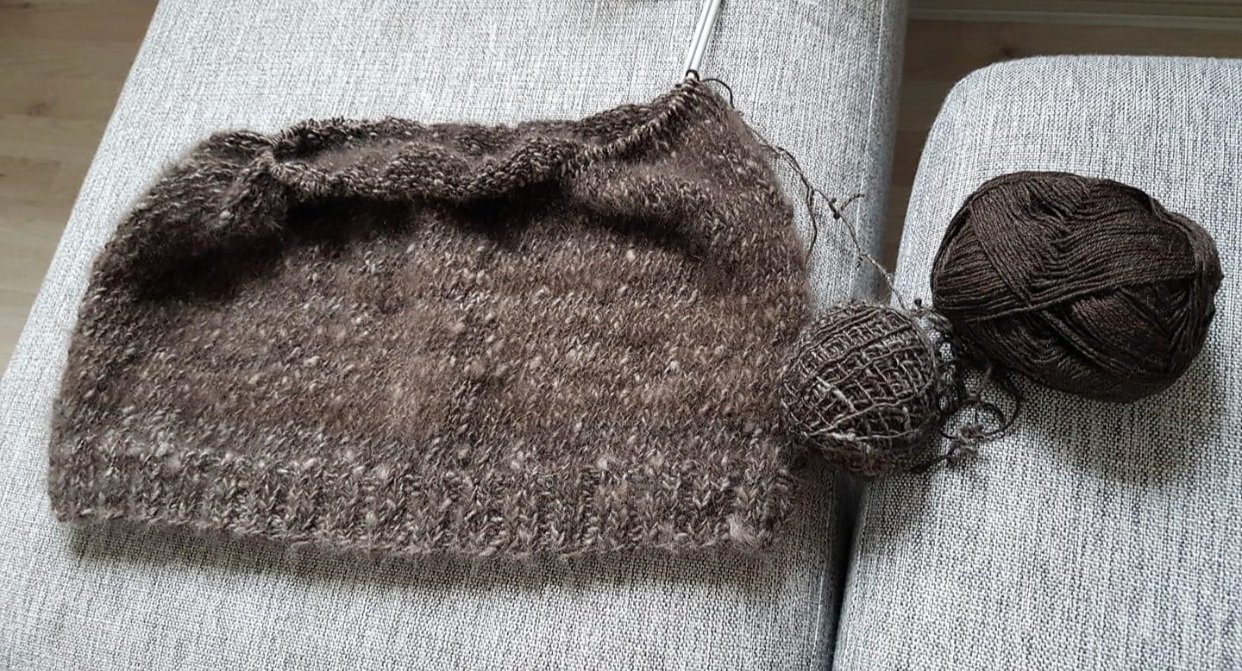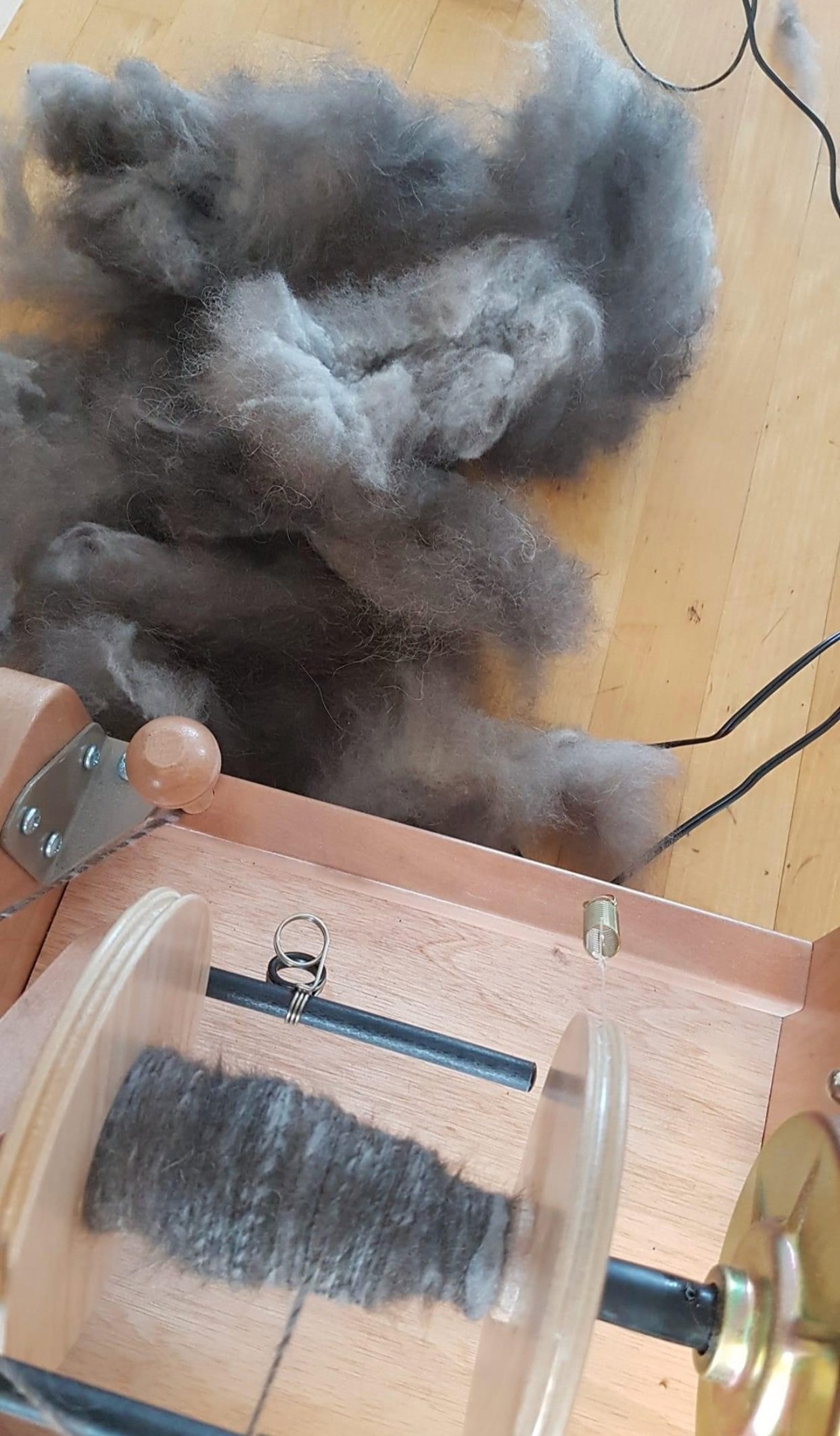Guaranteed to capture your memories and keep you warm
(TL;DR and links at the bottom)
People often ask about what gear is used to take these photos. What’s almost more important than the cameras is the clothing so that you can withstand the challenging climate of the Arctic.
I have NO AFFILIATION with any of these brands or retailers. I’m recommending based on my research, field testing, and experience as a paying customer.
Camera Gear for the Arctic
Before 2018, my choice was Nikon. In the arctic, the D500, D750 and D810 along with a small number of lenses are what works best in the field. More expensive glass is not necessarily better and the risk of damage from the harsh climate conditions also need to be evaluated when choosing your kit for a trip. From 2019, Fujifilm X-T2 and X-T3 and X-H1 became the main bodies because of their compact size and uncompromising excellent image quality. I now have a small drone that I take with me and an action camera with a gimbal stabilizer. DJI Mini 2 and DJI Osmo Pocket were taken to Ittooqqortoormiit in 2022 and the DJI Osmo Pocket is probably a best buy and a must have travel camera for video and stills. It will be required kit for anyone traveling with me in the future. Note that in winter conditions in Greenland, the DJI drone only had 15 minutes of flight time per battery while it was rated for 30 minutes. It might be safe to half the flight time when you plan your flights and definitely buy as many batteries as possible.
For lenses (pre-2018), my favorites are uneventful, lightweight, and rather inexpensive zooms. On the D500, Tamron 18-400 is great for action, wildlife and an all-in-one zoom lens with great range. For a full frame body, the 24-120 f/4 has great vibration reduction and renders well. For the weather days, I suggest having a macro like the Nikkor 55 f/2.8 micro or similar. There were also several specialist lenses for northern lights like the 15-30 f/2.8 Tamron and the 10.5 f/2.8 fisheye and the Tokina 11-16 f/2.8. The best buy there is the Tokina, which I now adapt to my Fuji bodies. On the Fuji, the 18-135 mm is a great and versatile option but I prefer the 50-140 f/2.8 , 70-300, 100-400 and the 2x teleconverter. For wide angle shots, the 16 f/2.8 is a great buy and gets the job done well. For the boats, you need versatility so a 18-135 in one hand and the 70-300 in the other is the ideal setup plus a DJI Osmo Pocket for video. The longer lenses like the 100-400 Fuji or Nikon 200-500 or Tamron 150-600 all work well for distance shooting and wildlife. I used them a lot from various spots in town rather than in the field because it was too cumbersome to get them out in subzero temperatures.
I never use tripods on the water but when I need to, for northern lights, the Manfrotto MT055XPRO3 is very sturdy but very heavy. If you have the budget and want to save on weight, a carbon fiber tripod like anything by Really Right Stuff and the BH-40 ballhead will never be a bad option. The RRS I used this past trip in 2022 served me well and the weight was impressively light and withstood all the complex travel arrangements. I bought it used on KEH.com and I recommend checking there first for any photography purchase because of their warranty and return policy.
Clothing for extreme cold weather guaranteed to keep you warm (ladies & gents)
Canada Goose Snow Mantra Parka and full gear in -30C in Jameson Land, Scoresbysund, East Greenland 2022
In the Arctic, clothing is very important. Significant investment is required, full stop. I have never had to buy such expensive clothing in my life but luckily there are ways to get things cheaper. I usually use eBay, Poshmark, Mercari, Marketplace and Craigslist to get as many gently used items as possible. It is also good to go to your local gear shops to see what they’re like in person and get tips from the staff. If you’re going to Denmark prior to Greenland there are many shops in Copenhagen that are linked at the bottom of the page. I also recommend specific brands that can be easily found in Greenland and are popular with the locals.
Parka
Let’s start with the outer layers. Canada Goose makes the best coats for my needs. These are very expensive investments and if you don’t intend to use it again, I would look into rental options or going with Army Surplus ECW (Extreme Cold Weather) program gear or Fjallraven. I own the PBI Expedition Parka for summer and the Snow Mantra for winter. I also own the Polar Guide and Snowflake Parka by Fjallraven.
Boots
For the feet, Baffin Boots such as the Icefield with traction (Yaktrax etc. are NOT optional) or the Sorel Glacier XT Boots (too heavy in my opinion) are an essential in winter. Baffin and Sorel are sold pretty much everywhere in Greenland but the prices can be better in the US or Canada if you can get below MSRP or open box. I have also used Neos Overshoes with some Merrel winter hiking boots underneath and Wiggy’s Mukluks, which are also over-boots. I think pairing them with something like Polyver insulated boots could be the cheapest versatile solution for winter because the Polyvers allow for waterproof protection should you go out on the water ever (if you’re traveling late in the season when the sea ice starts to break up). They’re superb, particularly the Wiggy’s if you’re doing an activity like dogsledding / mushing. Regular hiking boots with some insulation suffice in summer. Standard hiking boots with a good sole might suffice in the warm part of the summer in parts of June and July. If you want something super light weight made of felt there is a Norwegian company called Lobben that is lovely and has really good traction but I have only seen them in use in Alaska rather than Greenland. All in all, these clothing items are bulky and very heavy (think 13 lbs for just a coat and boots) but you can be out for hours in subzero temperatures. If you can manage it in advance, by placing an order on Facebook or instagram with a local seamstress, one of the best bets is traditional kamiks made locally. These are seal skin on the outside and inside lined with some sheepskin in the foot bed and maybe sprinkle a bit of qiviut and you’re in business. It’s the lightest weight option but traction might be lacking for some people and the price used to be US $500, so it’s definitely not cheap.
Head and neck gear
Multiple layers for the head and neck are required to be on long sledding trips or on the snowmobiles. My first layer is always qiviut (muskox wool), for a beanie cap, headband to cover ears, and neck gaiter. Fleece is good for the next layer with a windproof cap (Mountain Hardwear) and another headband by Sportees (Canada) plus another series of gaiters made of qiviut and a trapper hat with real fur. I usually have a merino wool knit gaiter as well.
I did not use my balaclavas this past trip but I had to buy a local anorak to protect my nose and mouth. But goggles are essential. I used Native Dropzone with a universal insert that had my glasses prescription. I used Goggles N’ More for the insert and they accepted an old prescription. You will definitely need to defog frequently and the product Cat Crap is one of the better ones in the US.
Since you will have a bit of your face exposed below the goggles, it’s recommended to have a good cold cream for wind, sun and frigid temperatures. Dermatone is the best for my needs with their famous Lips N’ Face cream and their Zinc Oxide cream and sun screens. Tins are great but so are the sticks. You can also find cold cream (kuldakrem) in Iceland before the trip from brands like Apoték. Do not skimp out on these products.
Hands and Feet
Hands and feet are tricky, particularly feet. After years of trial and error, the best method for the hands is sealskin mittens with fleece lining or a liner mitt with a little bit of raw qiviut on your fingers. These are best because they allow the most mobility in your hands because they only require one or two layers at most. Sealskin is tricky in many countries so it’s best to buy locally or from Great Greenland. The next best thing is Wiggy’s Extreme Arctic Mitts for mushing but they have three layers - liner mitt, insulated liner, and outer mitt. In my experience, your hands are warm all day for 12 hours in subzero temps but you can’t move your hands much and reaching the thumb is always a challenge. It’s also difficult to put them on and take them off and they get very hard after being out for a long time. The insulation is not down, but a special material called Lamilite. They’re lightweight, compress well and they work so I can fully endorse these. I suggest having some pure wool mitts or gloves and photography gloves for winter that can remove the tips of the thumb and index fingers as needed. These are necessary for northern lights or any other super cold scenario where you’re operating a camera, phone, or drone.
This is raw qiviut (muskox wool) that is the best fiber to keep hands, feet, head and neck warm
Moving on to feet, it’s simple. Get the best socks on the market. I suggest a thin sock as the first layer like a smartwool that is a minimum of 70% merino wool and then a huge thick sock like the J.B. Field’s Icelandic -40 or -50 sock. The -30 is too thin for the coldest days. These are Canadian and you’ll need to order online if you’re in the US. Between the layers of your socks you can put a little bit of raw qiviut for optimum warmth. Pair these socks with a solid boot like the Baffin Icefield and you’re in business.
Base Layers
Devold is the best. It’s not easy to get in the US but it is the best I have tested. I use Icebreaker Merino in the summer, especially their products above 200 but Devold is better. For the fashionable ladies, Kari Traa products are nice but nowhere near as good as Devold. I do not like Smartwool clothing. Their thin socks are good but that’s where it ends for me. I also found some old LL Bean Cresta and I used it around town and to sleep in. I didn’t trust it enough to take it out on a really cold day. There are really bad reviews out there of this product so if you do risk it, get old ones on eBay or Poshmark. These need to be 80% or more merino wool.
Panties and Bras
Underwear matters too, like bras and panties. It was really hard to find these but the best are not wool. Army surplus from New Balance boy shorts were a best buy. I got mine from Sportsmansguide.com and I couldn’t recommend these enough. They run big and please stay away from Stoic and Icebreaker Merino, because they’re overpriced and less effective. For bras, Ibex Merino Wool Bra (runs small) work well but Sportees Fleece Bra from Canada is a best buy and offers more support. Again, this is not an area to skimp on.
Mid Layers
I wore two mid layers on the upper body. First was a 300 weight Polartec fleece from EMS and the second was a thicker Devold sweater. Sometimes I’d have a big chunky Icelandic style sweater as the last layer before the anorak. Hands down a best buy was a men’s anorak from Meqqusaalik because it had a super high neckline that was able to cover my nose and mouth to keep me toasty. The brand is local to Greenland, designed by Greenlanders. The price was 1699- kr (DKK) in 2022.
Lower body is simpler. I had a fleece pant by Patagonia followed by an insulated pants by the Greenlandic brand Meqqusaalik (Pictured below). This worked well in terms of mobility.
Outer Bibs and Pants
Drop seat was the main criteria so the best option in the US was DSG Craze 5.0 Bibs. I would highly recommend buying one or two sizes up if you have a lot of other layers. The cheaper option is just pants by army surplus. Primaloft Gen III Level 7 Pants work well but they’re horribly ugly in a puke color but function over fashion. These run large and expect to pay between $40 and $75 in 2022 prices for them depending on size and condition. I have an XS but I will need to move into an S pretty soon because the length isn’t sufficient anymore.
Finally, Fjallraven can’t go unmentioned. Their G-1000 waterproof and windproof fabric is a lifesaver in both winter and summer. I use their Vidda Pro and Keb Trousers, and Greenland jackets all year in all climates. Their trekking jackets and parkas, such as the Expedition Long Down Parka are fantastic for Greenland as well and the Down Parka can be snapped up for $299 in the off season if you’re lucky. If you want to invest in one brand for all your essentials that will last a lifetime (besides the snow pants), this is a great option but pricey. However, eBay has great values for used and authentic Fjallraven.
Larbor intensive Process of making muskox wool (qiviut) products
Hunt > Harvest hide > Extract wool > Clean Wool and separate it from hair > Spin into yarn > Knit product
(See photos below. Credit one photo is from Facebook @ Mette Pike Barselajsen)







Too Long; Didn’t Read (TL;DR) Summary of the Best Buys
-
DJI Osmo Pocket (1) since the newer version 2 is not necessary
-
Devold. Runners up Icebreaker Merino and Kari Traa
-
Polartec 300 fabric. EMS makes a good one and other pullovers but runs small so order 1 to 2 sizes up.
-
Baffin Icefield or Icebreaker + Neos Winter Overshoes for insulated hiking boots + Yaktrax or Nano Spikes for traction in winter. Runner up is Polyver for spring and summer.
-
Inquire locally to see if someone can knit a neck gaiter for you. Otherwise see links for online stores. The cheapest option is to buy it once you arrive.
-
JB Field’s Iceland -40
-
Sportees Fleece Bras and Ibex Wool Bras. For underwear, find a military surplus store online that offers women’s products.
-
DSG Craze 5.0 with drop seat. Runner up is US Military Surplus ECW Gen 7 Primaloft pants
-
Snow Mantra by Canada Goose is the best money can buy. Locals in the winter have the Canada Goose Expedition Parka that can be purchased used on eBay etc. Runner up is Fjallraven Polar Guide, Expedition Down.
-
Meqqusaalik brand in Greenland. Runner up is Carhartt WIP and EMS
-
Great Greenland Sealskin Mittens or Fortress Clothing Mitts with a wool or fleece liner mitt from Smartwool or Sportees. Runner up is Wiggy’s Extreme Arctic Mitts for dogsledding and distance travel in frigid temperatures
-
Trapper hat with real fur like the one by Canada Goose. Liner hat needs to be windproof like the Mountain Hardwear. Qivuit base layer cap is also advised.
-
Hands down KeepGo Lifetime Wifi Hotspot is 1/10 of the price of a local sim card with Tusass.
online retailers for outdoor gear By geography
Friluftsland | Eventyr Sport | Fjeld & Fritid (Denmark)
Wiggy’s | Sportsman’s Guide | Canada Goose | EMS | Baffin | Sierra | Fjallraven (US)
Qiviut | Niviarsiaq | Meqqusaalik | Great Greenland (GL)
Polyver Sweden | Out North for Devold (EU)
Other Essential Gear
Keepgo Lifetime Wifi Hotspot
Personal Locator Beacon or Satellite Phone. I use ACR PLBs but you can also get an InReach by Garmin. Safety first and it’s always good to have something to enable search and rescue to find you in remote areas.
SOL - Stay Outdoors Longer gear, survival kit and bivies
Survival Tabs food and potable water purification kit
Generic medicines for fever, cold, aches and pains and decongestant like Benzadrex
DIY Wilderness First aid kit
Ripcord Travel Insurance (US)
Vacuum Bags with Hand Pump
Voltaic Solar Panel and V44 Charging hub
Legendary 1 Liter Thermos
Zojirushi Insulated Water Bottles (plastic lip doesn’t get as cold as the one on Hydroflask)
WD or Sandisk Portable SSD drives
Wilderness Wipes and Cora Body Cloth
LowePro Pro Trekker series backpacks or RLX 450 roller bag
ProGrade Digital SDXC UHS-II Memory Cards
Trioral ORS (oral rehydration salts)
Aqua Ears (Earplugs)
Skog Å Kust roll top duffel bag
Fjallraven Splitpack and Totepack
P Style Female Urination Device or SaniGirl
Energizer Lithium AA and AAA batteries
Fortress Clothing Mittens and/or Hot Sox



















